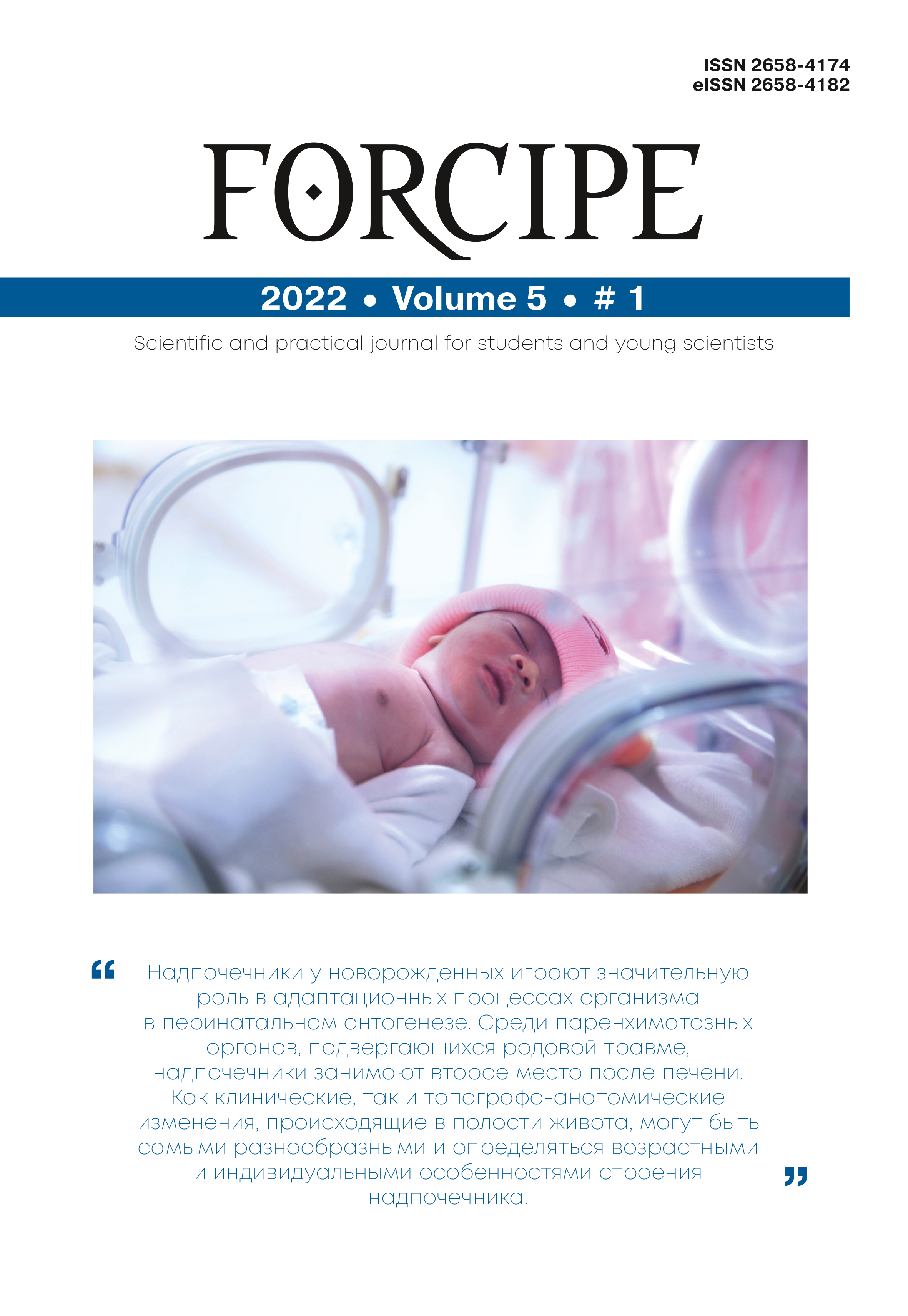CLINICAL CASE OF CHARCOT-MARIE-TOOTH DISEASE, 2D TYPE
Abstract
The article deals with a clinical case of hereditary motor and sensory neuropathy - Charcot-Marie-Tooth (CMT) type 2 D disease, combined with Bethlem myopathy. The authors highlight current data on the pathogenesis of the disease, the clinic, and current diagnostic methods in Charcot-Marie-Tooth disease. This case study considers an example of the disease in a 13 -year old boy. CMT is a heterogeneous group of inherited disorders affecting the peripheral nervous system. Progression of the disorder results in motor and sensory dysfunction. The axonal type of CMT 2D accounts for about 20% of all CMT cases [1, 2]. This clinical variant causes progressive muscle weakness and depletion, with sensory deficits in the distal limbs as a result of peripheral axonal degeneration [1, 3]. Because of its phenotypic and genetic heterogeneity, the pathogenesis of CMT remains poorly understood, and the clinical picture does not always allow an accurate diagnosis [4]. Patients often undergo a long period of time from the onset of the disease, before a correct diagnosis is made.



